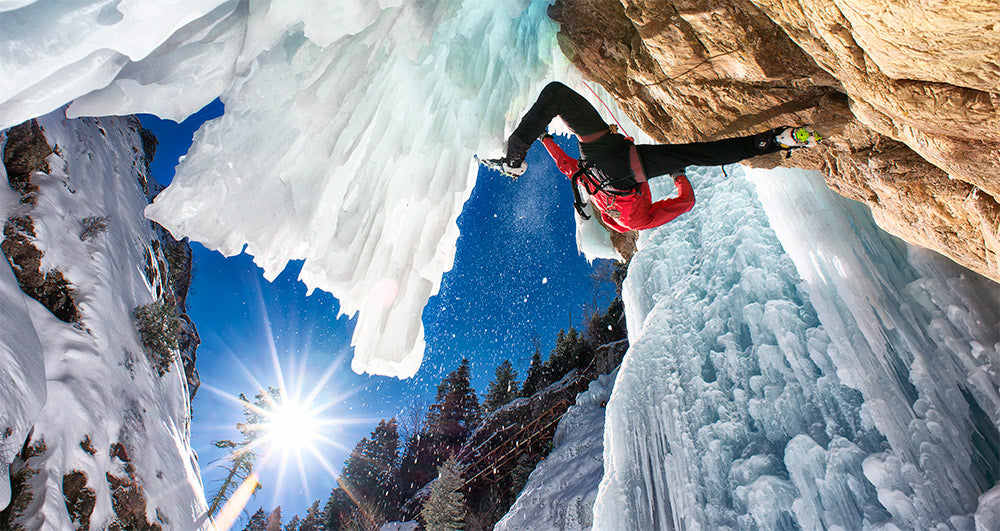
Including a sunburst (or sun star) to your photograph is a great way to make your images more dramatic and interesting. It can add that extra story telling element and create key points of visual interaction. The best thing about it is, that it's entirely done in camera!
What is it?
The sun star appearance is actually over-exposed light leaking through the aperture blades in your lens. So, different lens with different number of blades will produce different looking stars. The biggest thing to keep in mind is that the smaller the aperture, the sharper and thinner the "sun rays" will look.

Lenses with an even number of aperture blades (6 for example) will produce a sun star with 6 rays. A lens with an odd number of aperture blades (9 for example) will produce double the amount, resulting in a sunburst with 18 rays.
 Mornings or evenings are excellent times to shoot sunbursts.
Mornings or evenings are excellent times to shoot sunbursts.
How are they created?
Sunbursts can be created by closing down the aperture (smaller the better) and positioning yourself so that your light source is slightly blocked. The easiest way to do this is to find a dominant shadow and stand right on the edge of light and dark.
Slowly move your camera to reveal the light source. The more obscured the light source is, the more defined the sunburst lines will be. Remember to move slowly to allow the light source to "creep" around what is obstructing the light.
Things to consider:
Just like any type of photography, time of day is a huge consideration, try shooting in the morning or evening to try and capture sunbursts during the golden hour.
Plan out your location beforehand! A nifty tool for photographers is The Photographer’s Ephemeris app. It can tell you exactly where the sun will be at any particular location, time of day or location in the world before you get there!
It’ll be pretty difficult to get a sunburst when it’s too cloudy or hazy, so try to shoot on a clear day with minimal clouds or stormy weather.
Because your aperture is closed down, you image will most likely be dark(er). Consider using a flash to illuminate your subject, especially if they are in the shadows.
 Use a flash to illuminate your subject.
Use a flash to illuminate your subject.
Other Variations:
Sunbursts can also be created with reflective surfaces or glass. These can be done without blocking your light source. Aperture settings will be the same, you just need to play with your camera location to get a proper "reflection"
Recommendations:

You can learn more and shop all of these lenses here.
Blogpost and video created by Lane Peters

